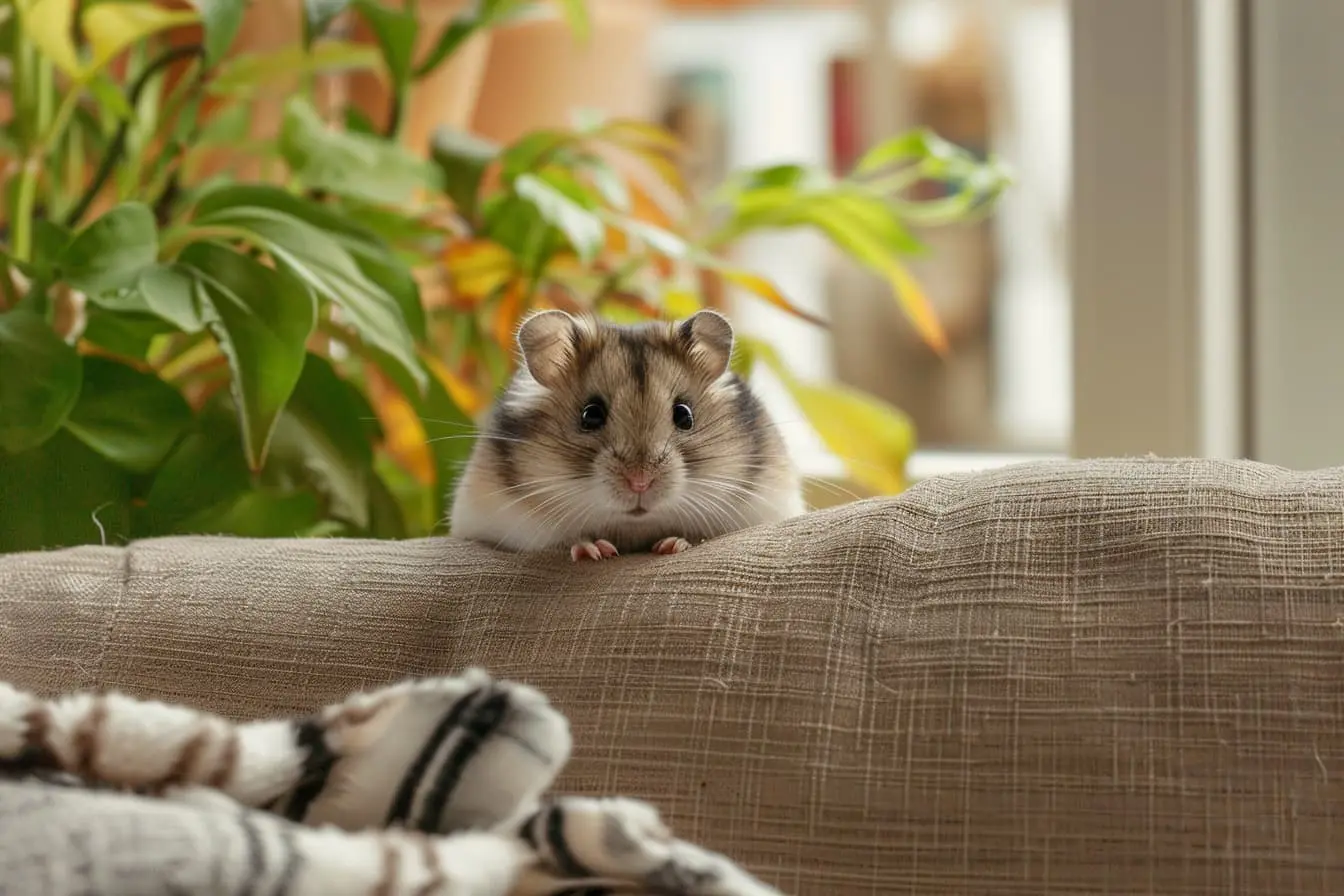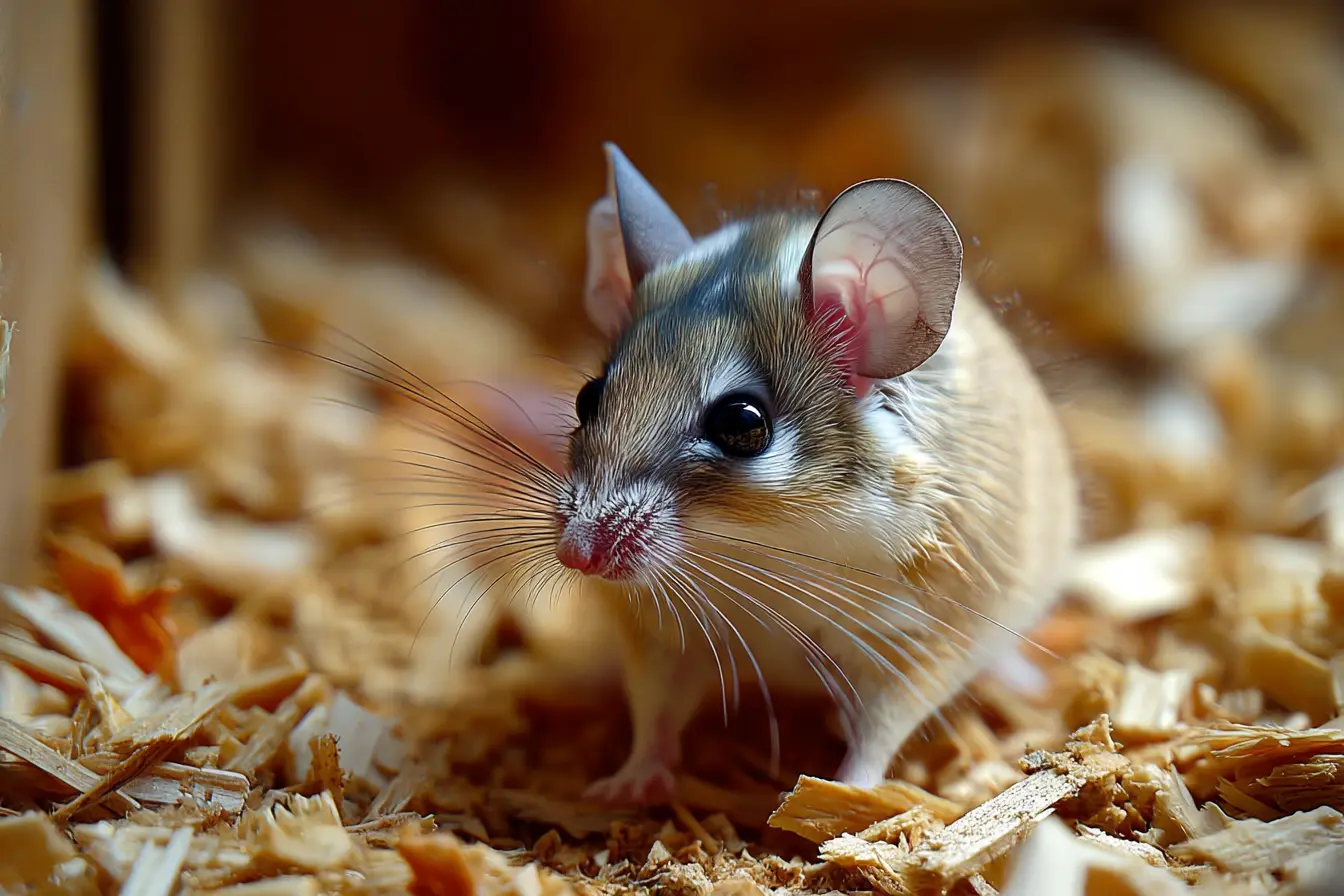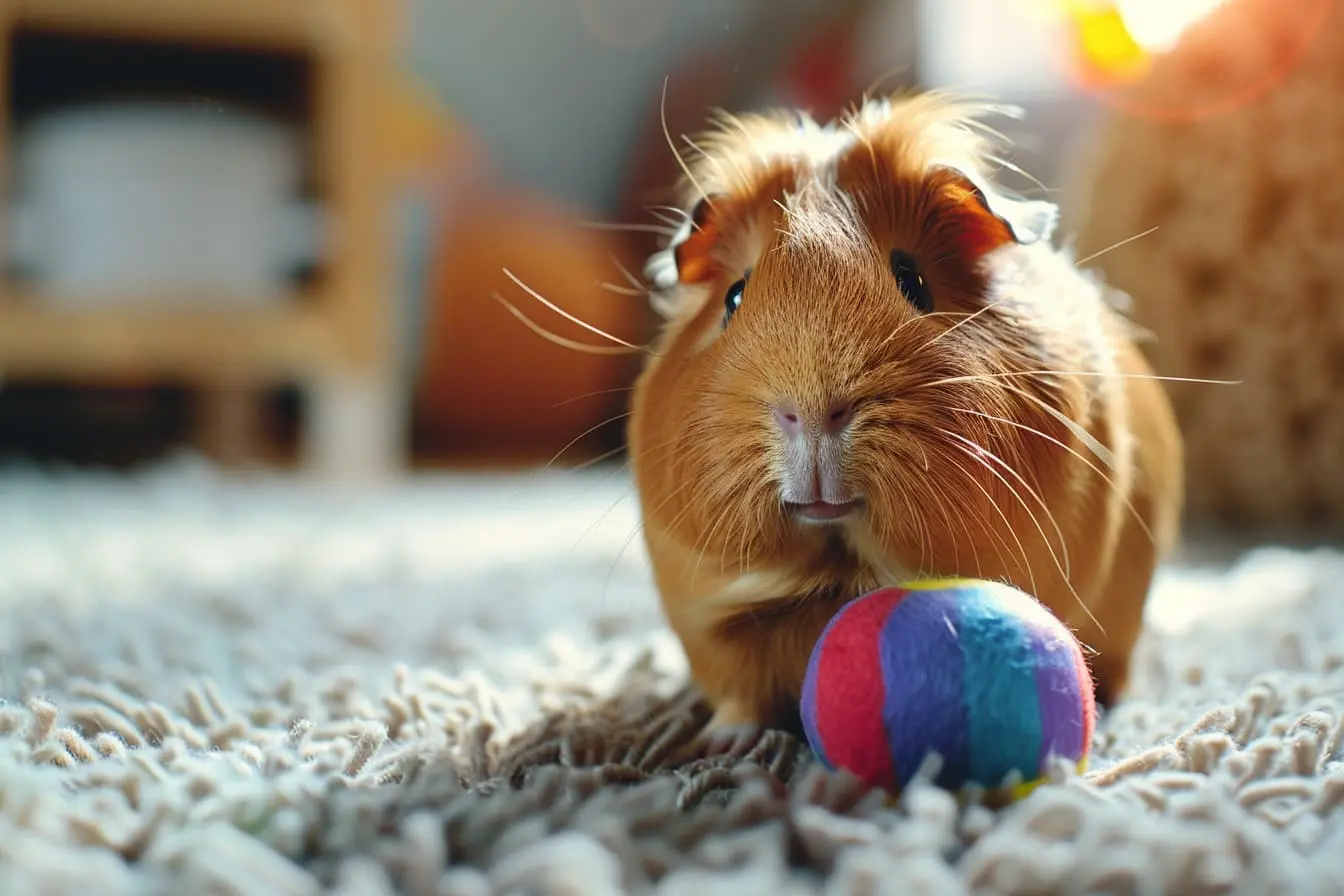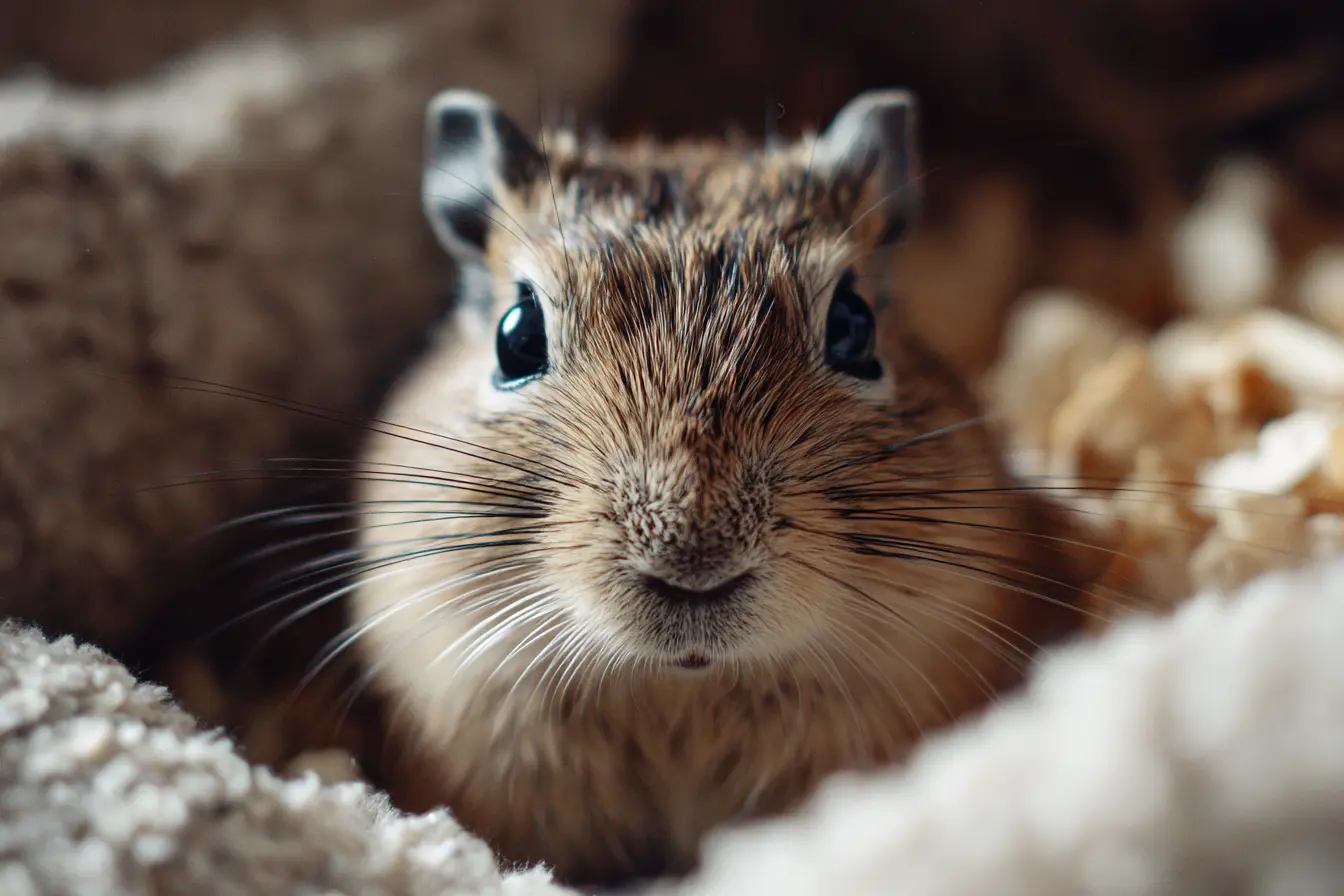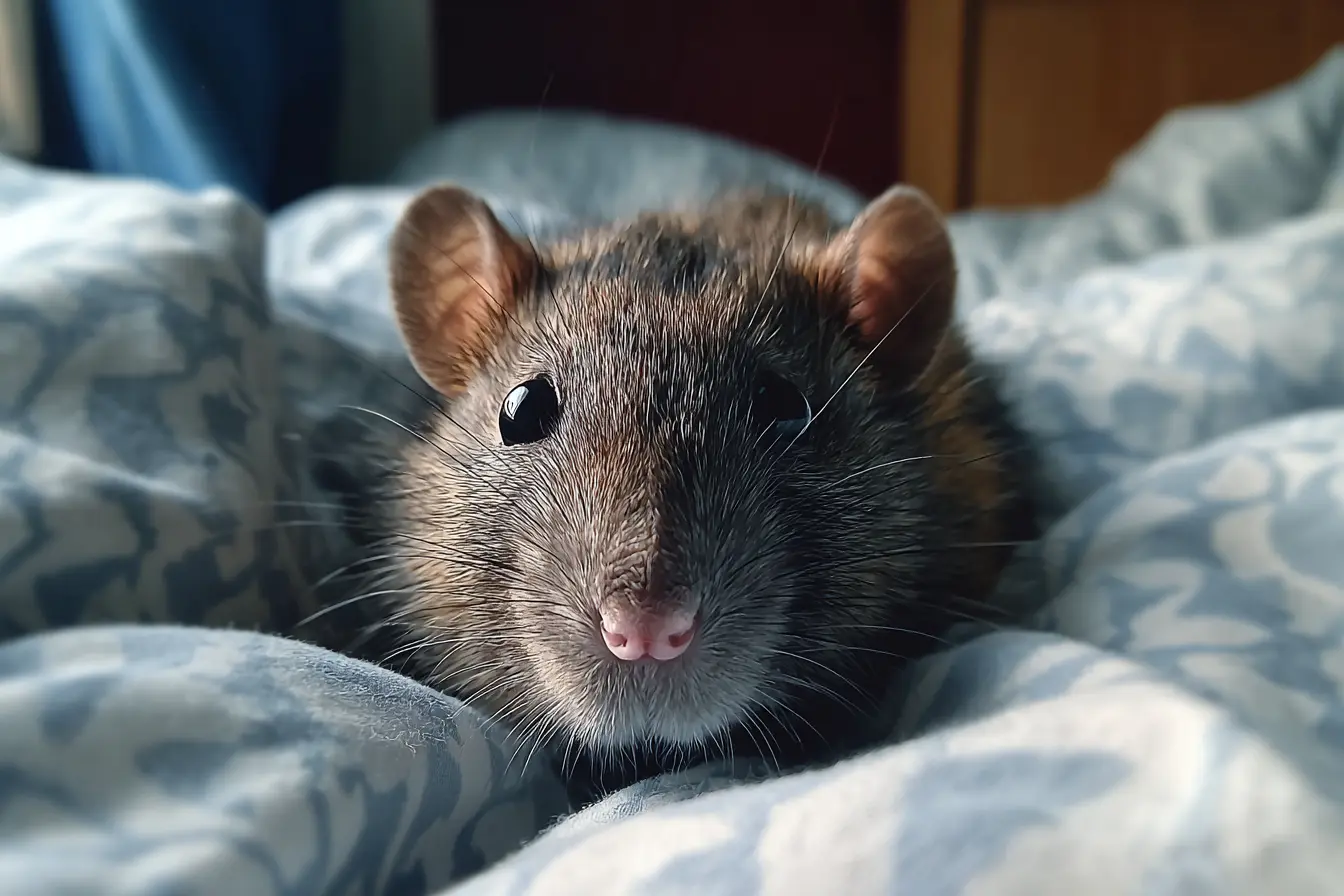
Manx Rats: Tailless Fancy Rats for the Attentive Keeper
Manx rats are one of the more unusual and controversial varieties of fancy rat. Known for their lack of a tail, they are striking in appearance but also come with additional care requirements and potential health concerns. While their rarity makes them appealing to some enthusiasts, they are not as widely kept as other rat varieties, and prospective owners should carefully consider their needs before choosing them as pets.
In this post, we’ll cover everything you need to know about Manx rats, their traits, origins, housing, diet, health, and suitability as pets.
What Are Manx Rats?
The Manx rat is a variety of domesticated fancy rat (Rattus norvegicus domestica) bred to have little or no tail. This trait is caused by a genetic mutation that affects tail development. Some Manx rats are completely tailless, while others have very short, stubby tails.
The name “Manx” is borrowed from the Manx cat, a breed of cat that also lacks a tail. However, while the appearance is distinctive, the tail has important functions in a rat’s life, and its absence can cause challenges for the animal.
Key Characteristics
- Size: 20–25 cm body length (tail length greatly reduced or absent)
- Weight: 250–700 g, with males generally larger than females
- Lifespan: 1.5–2.5 years on average (sometimes shorter due to health issues)
- Temperament: Intelligent, affectionate, and social, like all fancy rats
- Appearance: Tailless or with only a short stump; otherwise available in all colours, markings, and coat types
Although they look unusual, Manx rats behave like other fancy rats in most respects.
Social Needs
Manx rats are highly social animals and must always be kept with companions. A pair or group of same-sex rats is the best option unless breeding is intended (which is not recommended with Manx rats due to associated health issues).
Benefits of Companionship:
- Prevents stress, loneliness, and depression
- Encourages natural behaviours such as grooming, play, and group sleeping
- Provides warmth and comfort (especially useful if the Manx rat struggles with body regulation due to lack of tail)
Keeping rats alone is never appropriate, and Manx rats thrive best in mixed groups with standard fancy rats.
Housing and Environment
Manx rats require similar housing to other fancy rats but with special consideration for their physical differences.
Cage Requirements:
- Minimum size: 80 cm x 50 cm x 80 cm for a pair or trio (larger is always better)
- Type: Multi-level wire cage with platforms, hammocks, and tunnels; avoid aquariums due to poor ventilation
- Bar spacing: No more than 1.5 cm
- Bedding: Paper-based, aspen, or hemp; avoid pine and cedar, which are toxic
- Nesting material: Shredded paper or tissue (no cotton wool)
- Enrichment: Tunnels, hammocks, chew toys, ropes, digging boxes, and cardboard items
Special Considerations for Manx Rats:
- Balance and climbing: Tails help rats balance, so Manx rats may be less agile climbers. Provide ramps, shelves with guard rails, and avoid large drops in the cage.
- Temperature regulation: Tails assist with body temperature control, so Manx rats may be more sensitive to heat. Keep them in a stable environment, ideally between 20–24°C.
- Soft bedding: The rump can be prone to sores without a tail, so avoid abrasive substrates.
Diet and Nutrition
Manx rats require the same balanced diet as other fancy rats, but since they may face additional health issues, nutrition should be especially well managed.
Suggested Diet:
-
Staple food: A good-quality rat nugget or lab block
-
Vegetables: Broccoli, kale, peas, courgette, cucumber, carrots
-
Fruits: Apples, bananas, pears, berries (in moderation)
-
Protein: Cooked chicken, eggs, fish, tofu, or mealworms
-
Treats: Wholegrain pasta, oats, rice, and seeds sparingly
-
Avoid: Citrus fruits (especially for males), chocolate, sticky foods, onions, raw beans, and processed foods
Always provide fresh water, ideally both in bottles and bowls.
Handling and Behaviour
Manx rats are affectionate, intelligent, and interactive, but their lack of a tail can affect handling.
Handling Tips:
- Support their hindquarters when lifting, as they do not have tails for balance
- Avoid rough handling or sudden movements that could cause them to stumble
- Provide safe, padded play spaces outside the cage
- Engage with them daily through play, training, and gentle interaction
Like other fancy rats, Manx rats are capable of learning tricks, coming when called, and bonding strongly with humans.
Unique Traits
Manx rats stand out due to their taillessness, but this also brings certain differences in behaviour and needs:
- Balance issues: Tails provide stability when climbing; Manx rats are more clumsy
- Heat regulation: Without a tail, they cannot cool themselves as efficiently
- Appearance: Their rounded rump and lack of tail make them look quite distinctive
- Rarity: Manx rats are less common than other varieties, and breeding them responsibly is difficult
Health and Common Issues
Unfortunately, Manx rats are more prone to health problems than most fancy rats, due to the genetic mutation responsible for taillessness.
Common Health Concerns:
- Spinal deformities: Some Manx rats are born with back or pelvic malformations
- Digestive issues: Nerve development problems may lead to incontinence or difficulty passing stool
- Balance problems: Lack of a tail reduces agility and increases the risk of falls
- Overheating: Rats use their tails for heat regulation; Manx rats are more vulnerable to heat stress
- Tumours and respiratory disease: Common in all fancy rats
Because of these risks, many breeders and keepers consider deliberately breeding Manx rats unethical. If adopting one, it is best to go through a reputable rescue.
Is a Manx Rat Right for You?
Manx rats are ideal for:
- Experienced keepers who understand the additional care requirements
- Enthusiasts who appreciate their unusual appearance and are prepared for potential health issues
- People willing to provide a safe, stable, enriched environment with careful supervision
They are not recommended for:
- First-time rat keepers
- Families with very young children (due to delicate handling needs)
- Anyone seeking a low-maintenance pet or unwilling to manage possible health concerns
Conclusion
Manx rats are affectionate, intelligent, and social pets, just like other fancy rats, but their lack of a tail sets them apart, both visually and in terms of care. While they can be rewarding companions, they also face increased risks of health problems and mobility issues, making them more challenging to keep.
For experienced and committed rat keepers, a Manx rat can be a fascinating and unique companion. However, due to their potential health complications, they are best adopted from rescues rather than deliberately bred.
Vets near you
Speciality vets
- Aquatics vet specialists
- Birds vet specialists
- Camelids vet specialists
- Cats vet specialists
- Cattle vet specialists
- Deer vet specialists
- Dogs vet specialists
- Equines vet specialists
- Exotic vet specialists
- Goats vet specialists
- Pigs vet specialists
- Poultry vet specialists
- Sheep vet specialists
- Small Mammals vet specialists
- Wild vet specialists
